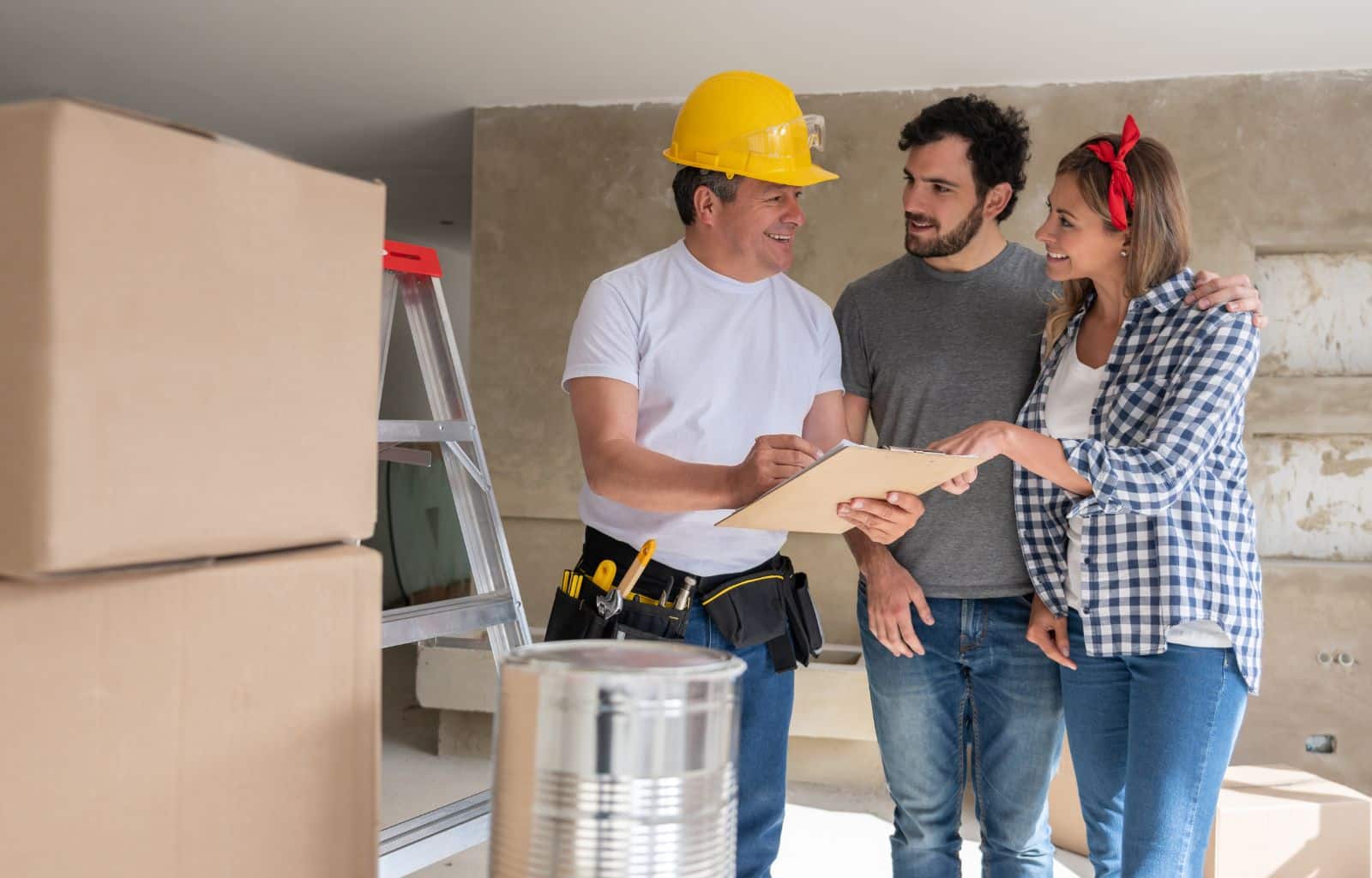Remodeling your home in San Diego is an exciting endeavor, especially with the city’s scenic beauty, vibrant neighborhoods, and ideal climate. But whether you’re adding a second story, updating your kitchen, or expanding your outdoor living space, you’ll likely need to navigate the building permit process. While this can be complex and time-consuming, understanding the steps involved can help you avoid common pitfalls, save time, and get your project off the ground smoothly.
This guide will walk you through each phase of the San Diego building permit process. Learn what to expect, prepare accordingly and turn your remodeling vision into reality.
What is a Building Permit, and Why Do You Need One?
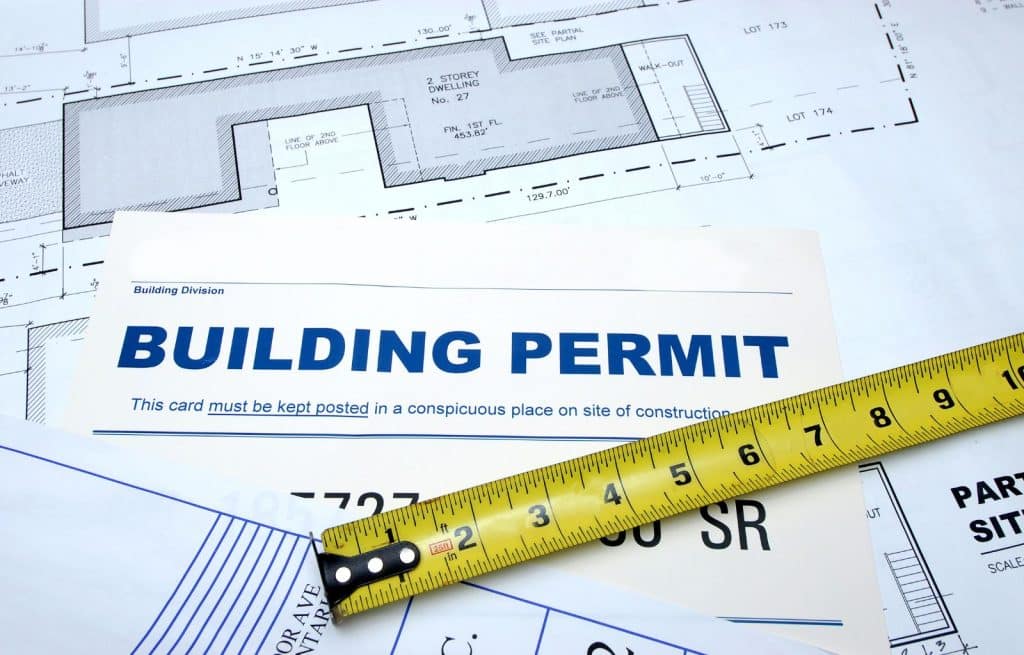
A building permit is a legal authorization from the city to conduct construction work on your property. In San Diego, building permits are essential for most remodeling projects, as they ensure compliance with local building codes, safety standards, and zoning regulations. These permits help maintain quality and safety across neighborhoods and protect you and future homeowners by confirming that construction work is up to code.
Proceeding with unpermitted work can result in fines, legal action, and even the requirement to undo completed work. Furthermore, should you wish to sell your property, unpermitted work may complicate the transaction. Thus, securing the correct permits from the beginning is vital.
Preparing for the Permit Process: Setting the Foundation
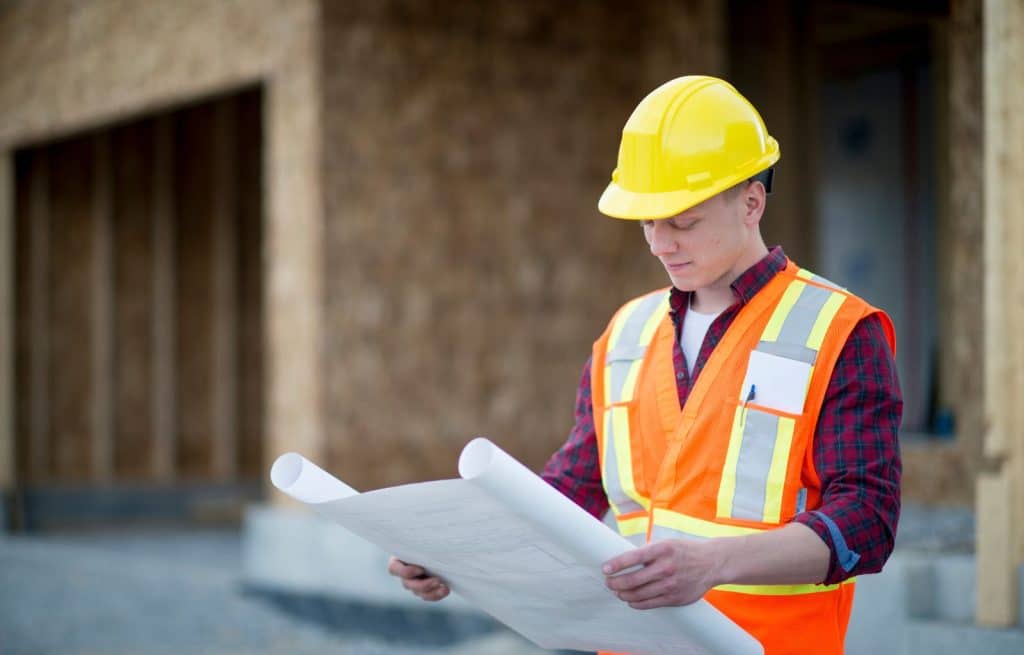
The key to a smooth permitting experience is thorough preparation. Here’s how to start:
1. Define Your Project Scope
The first step is to outline your project’s scope clearly. Detail the changes you plan to make, including structural modifications, material upgrades, and any new installations. Knowing precisely what the project entails will help determine the necessary permits and streamline your application process.
2. Research Zoning Regulations
Before you get too far along, verifying that your planned remodel is permissible under San Diego’s zoning laws is essential. Zoning codes govern what kind of construction is allowed in specific areas, including rules for building height, setback requirements, and preservation guidelines. You can access zoning information through the city’s Development Services Department or consult a professional if unsure.
3. Consult with Industry Professionals
Hiring experienced professionals like architects, engineers, or contractors can be invaluable. They can assess the feasibility of your project, address potential issues before they arise, and ensure your plans align with building codes. Professionals with San Diego permitting experience can also help anticipate potential challenges and guide you through each step.
4. Consider a Permit Expediter
A permit expediter may be a wise investment for large or complex projects. These specialists understand the ins and outs of the city’s permitting process and can handle document preparation, submissions, and follow-ups. They keep your application moving forward and reduce potential delays caused by missing paperwork or procedural misunderstandings.
Submitting Your Application: What You Need to Know

Once you’ve laid the groundwork, it’s time to submit your permit application. Here’s how to ensure a smooth submission:
Required Documents
To complete your application, you’ll need a range of documents, typically including architectural drawings, structural calculations, and any specialized forms for your project type. Ensuring these documents are accurate and complete from the start will prevent potential delays later.
Utilizing San Diego’s Digital Submission System
San Diego has streamlined the permit application process with a digital submission platform. You can upload your documents online and receive updates as your application progresses through review stages. Visit the city’s website for instructions on using this system, as following these guidelines will help ensure your submission is correctly processed.
Following Up on Your Application
After submitting your application, contact the Development Services Department to confirm receipt and ensure no immediate issues. Proactively following up can keep things on track and prevent delays that sometimes occur when applications need additional verification.
Navigating the Plan Review Phase: The Waiting Game
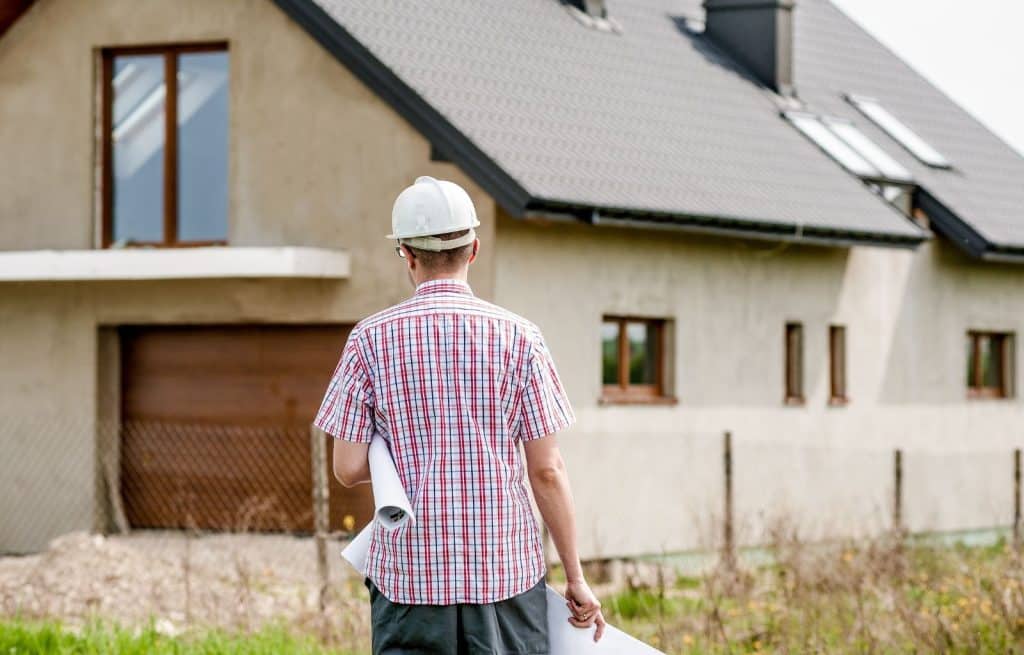
Once your application is submitted, it enters the plan review phase, where various city departments examine it for compliance with building codes, fire safety standards, and other regulations.
Departmental Reviews
Expect your plans to undergo multiple rounds of reviews, including assessments by the building, fire, and planning departments. Each department verifies that your project complies with safety and zoning standards. Ensuring accuracy and compliance before submission can help this process move faster.
Anticipating Delays
Plan reviews often take several weeks to months, depending on project size and complexity. Delays are common and may arise from high demand or necessary revisions. Being aware of potential hold-ups, such as revising plans to meet code requirements, can help manage expectations.
How a Permit Expediter Can Help
If you’ve enlisted a permit expediter, they can track your application, liaise with city departments, and promptly address possible issues. Expediter services can save you significant time by keeping your application moving and addressing any problems before they become substantial delays.
The Permit Issuance Stage: Time to Begin Construction
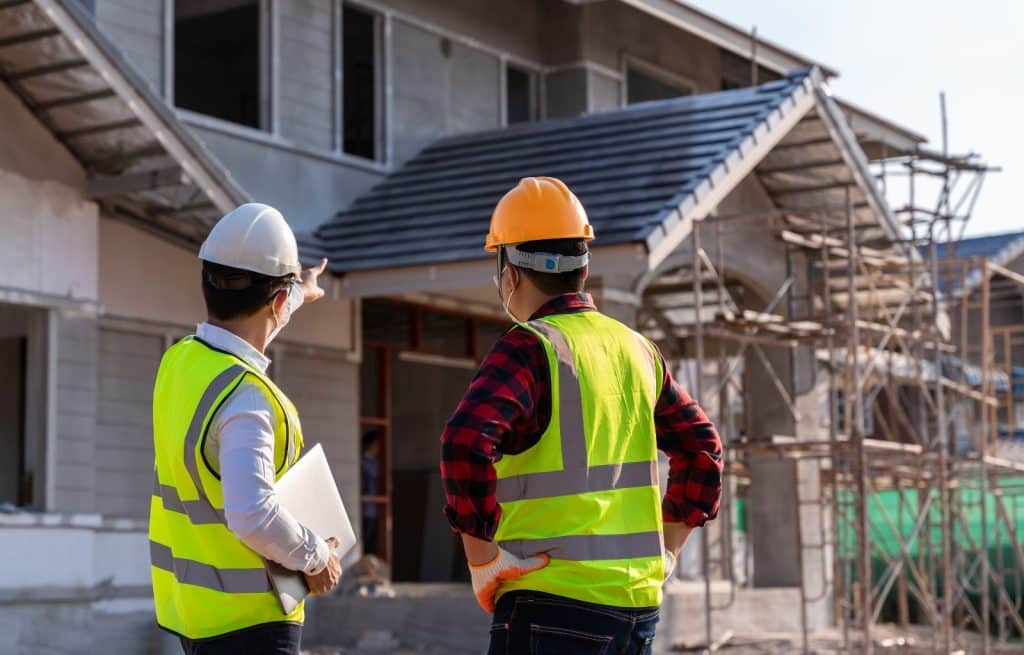
After successfully passing the plan review, you’ll receive your building permit. Here’s what you need to know next:
Final Approval and Permit Collection
When your application receives final approval, your permit is ready for collection. This approval authorizes you to begin construction according to the city-approved plans.
Separate Review Requirements
Additional reviews or inspections may be required before final approval, especially for unique or high-impact projects. Verifying if your project has any such requirements is essential to avoid last-minute surprises.
Expected Timelines
San Diego’s permit process varies widely based on project complexity so timelines can range from a few weeks to several months. Establishing realistic expectations helps avoid frustration and aligns your construction schedule with regulatory timelines.
Ready to Start
Once you have your permit, it is required to display it prominently at your job site. Construction can now begin, but be mindful of any inspection requirements that may need to take place during the build process.
San Diego-Specific Considerations: Local Requirements and Nuances

San Diego’s building permit requirements include several local factors that may impact your project. Here are some that homeowners often encounter:
Zoning and Land Use Constraints
Local zoning laws may restrict how you can use and modify your property. Be sure to review setbacks, height restrictions, and any preservation considerations, as these can all affect your project design.
Environmental Impact Reports (EIR)
The city may require an environmental impact report (EIR) for projects impacting sensitive areas or involving substantial changes. This document assesses how your project could affect the local environment and adds time to the approval process.
ADA Compliance for Commercial Projects
If your project includes commercial elements, adhering to ADA standards is essential. Accessibility guidelines help ensure equal access for all and are strictly enforced in San Diego.
Fire Safety Requirements
With its dry climate, San Diego emphasizes fire safety in building projects. Be prepared to comply with specific fire codes, especially if you live in an area at higher risk for wildfires.
Sustainability and Green Building Standards
San Diego encourages eco-friendly construction with new requirements and incentives for sustainable practices. To meet these standards and benefit from potential rebates or incentives, consider incorporating energy-efficient systems, green building materials, or solar installations.
Common Questions and Tips for a Smooth Process

Frequently Asked Questions
- How long does the permit process take? Timelines can vary widely, but most projects take several weeks to a few months.
- Are there specific design guidelines? Yes, commercial and residential properties may have guidelines to ensure projects complement the city’s aesthetic standards.
- Can small projects be exempted? Specific small-scale improvements may qualify for permit exemptions; check with the Development Services Department for details.
Tips for Success
- Plan Ahead: To accommodate delays, begin the permit process as early as possible.
- Hire Professionals: Architects, engineers, and permit expediters can make the process smoother and help avoid errors.
- Complete Documentation: Accurate, thorough documentation is essential for timely processing.
- Communicate Clearly: Regular updates and proactive communication with the Development Services Department can help your project stay on track.
- Stay Updated: Building codes and permit regulations can change, so check for updates to avoid surprises.
Conclusion
Embarking on a remodeling project in San Diego can be rewarding but requires a detailed knowledge of the construction and permit process. By understanding each phase, planning thoroughly, and seeking expert assistance, you’ll be better prepared for a successful project. Whether it’s your dream kitchen, a new deck, or an energy-efficient home expansion, careful attention to the permitting process can set you on the right path to achieving your remodeling goals.
For the most current information, visit the City of San Diego’s Development Services Department or consult a local permit expediter to simplify the journey.


